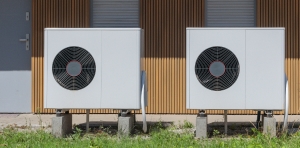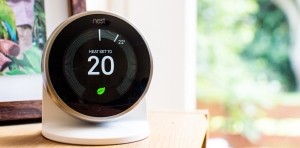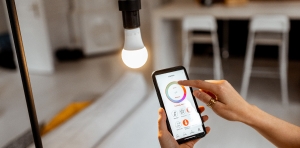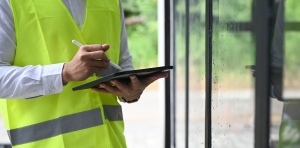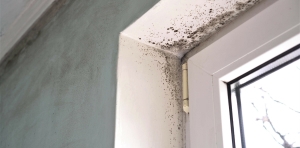
In terms of home heating, that means being mindful of how much energy you use, as well as switching to renewable energy sources wherever possible. In this guide, we’ll take a look at how home heating has developed over the years, the types of renewable energy and heating methods to take note of, and share some advice on the changes you can make if you do decide to update your home.
Contents

An introduction to renewable home heating
Renewable home heating has become more common over the last few years, as homeowners take sustainability into account when they make decisions about their property. Put simply, renewable home heating is any kind of home heating powered by renewable energy.
How home heating options have changed
It can be easy to take home heating for granted when it’s something you’ve always had. But having the means to warm up your living space safely wasn’t always a guarantee in the past. Humans have huddled around outdoor fires, invented and improved chimneys, created the stove and, later, radiators, and developed the clean and reusable energy resources we’re blessed with today.
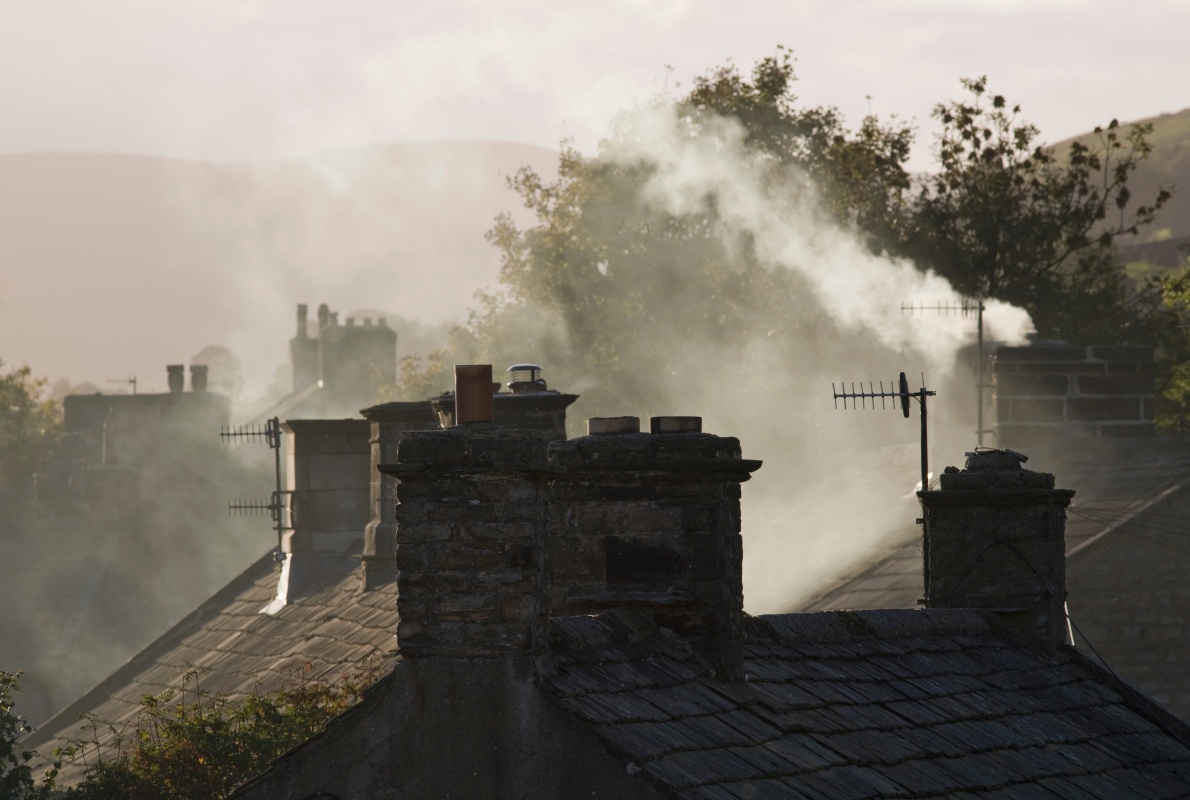
How we heat homes now
The most notable developments so far in the 21st century are the increasing popularity of renewable energy for home heating and the introduction of smart technology, which allows you to control the heating of your home remotely.
Notable examples of renewable home heating include:
Air source heat pumps, which extract heat from the air.
Ground source heat pumps, which use underground pipes to extract natural heat from the ground and transfer it back to your home for use.
Solar thermal energy, where solar panels collect energy from the sun and use this to heat water for your home.
Biomass heating, which uses organic matter such as wood and agricultural waste, burning it to create heat.
However, gas boilers are still the most common home heating method, with 74% of households using them as their only central heating according to the most recent census. Since this is a non-renewable method of heating, this could have a significant impact on climate change. Let’s find out more.
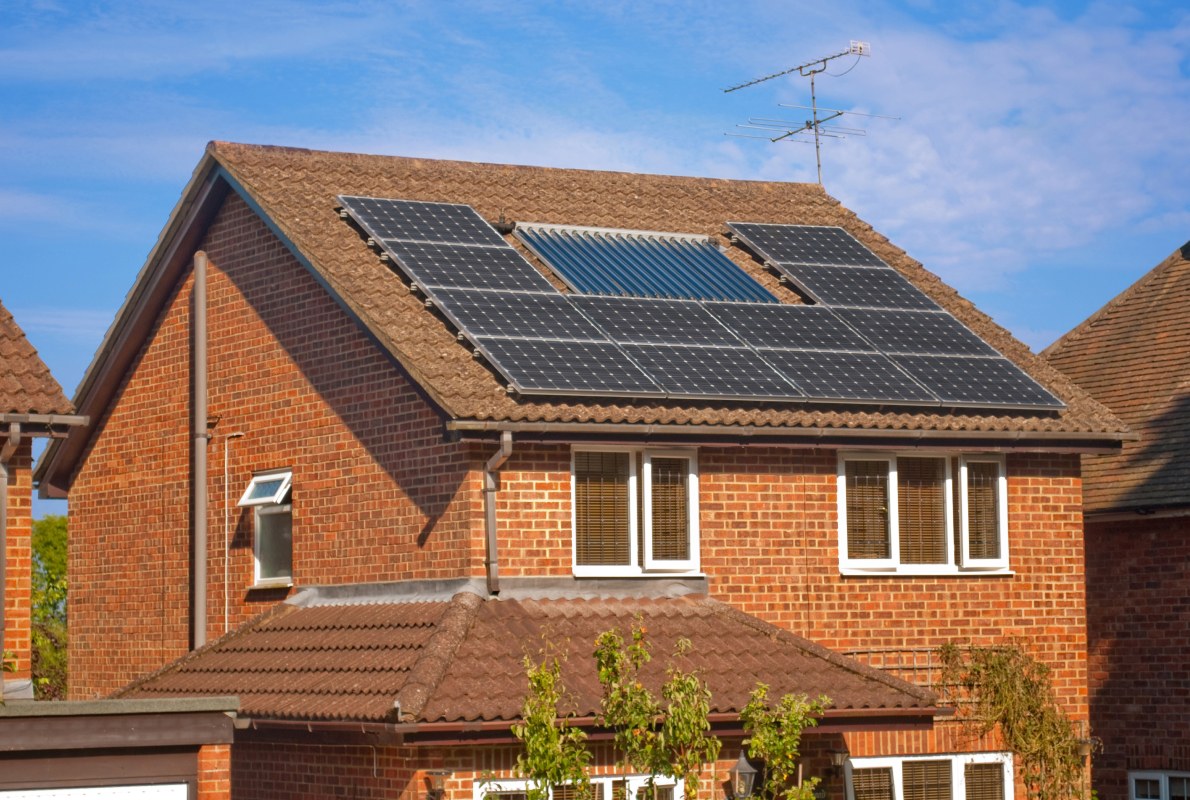
Solar thermal energy, where solar panels collect energy from the sun and use this to heat water for your home.
Climate change and the growing importance of sustainability at home
Climate change is ‘long-term shifts in temperatures and weather patterns’. Although some change is natural, human activity has been the main cause of climate change since the 1800s due to increased fossil fuel use. The consequences of climate change include drought, water shortages, rising sea levels, flooding, ice melting, wildfires, storms, and a loss of biodiversity.
85% of consumers across 31 countries say they’ve experienced the effects of climate change in their daily lives. Closer to home, 60% of British people believe climate change is the biggest threat to civilisation. As awareness grows and the effects of climate change become more visible, more people are asking what we can do to contribute towards efforts to protect the environment. It often starts at home.

85% of consumers across 31 countries say they’ve experienced the effects of climate change in their daily lives.
Steps people are taking include:
46%
Choosing more sustainable products
43%
Thinking more carefully about their purchases
32%
Eating different foods
31%
Travelling less or different
24%
Buying, or planning to buy, an EV
(source: PWC)
The changes people are looking to make
Even though gas boilers are still the most used heating method, consumers still want to make changes, as shown by what they’re looking up online. In terms of home energy, the technology which has seen the most growth in online searches includes:
Increase in searches
160%
1. Heat pumps
115%
2. Smart meters
25%
3. Energy-efficient appliances
17%
4. Hybrid heat pumps
13%
5. Thermal wallpaper
10%
6. Energy storage
Looking at recent search volume data, we can see the most-searched-for renewable energy terms per month are.

Scroll for more »
We’ll look at some of these technologies in more detail later on.
Even if people aren’t in a position to change the way they heat their home, there’s still the option to use an energy provider that uses renewables as its main (or only) source of energy.
What the government are doing to achieve net zero
The UK government is currently aiming to achieve net zero by 2050, although Scotland has an earlier target of 2045. Net zero means the country’s total greenhouse gas emissions would be equal to the emissions removed from the atmosphere. Removal can be done through methods like planting trees In the shorter term, the UK is also committed to reducing emissions by 68% by 2030 (as part of the Nationally Determined Contribution towards the Paris Agreement).
The government is working towards these goals by:
Investing in renewable energy, such as offshore wind.
Decarbonising the grid (which means gradually reducing reliance on fossil fuels).
Making plans to set up a publicly owned clean power company.
Introducing a bill to allow for easier investment in public infrastructure (the Crown Estate Bill).
Supporting the production of sustainable aviation fuel.
Setting carbon budgets, which are five-year carbon budgets set 12 years in advance. The next one is due to be set in 2025.
However, the Climate Change Committee (CCC), an independent statutory body, said in July 2024 that the UK was off-track to meet its 2050 net zero target.

Net zero means the country’s total greenhouse gas emissions would be equal to the emissions removed from the atmosphere.
Across the globe
Some countries are ahead of the UK, with plans of their own to make net zero a reality:

Denmark They have increased their use of renewable energy significantly, with a focus on wind and solar power in particular. This has led to a drop in carbon emissions, with solar and wind accounting for 63% of the country’s electricity in 2023.

France They published the first-ever Green Budget in 2021 and released its fourth iteration in 2024. The budget looks at which expenditures are environmentally friendly and which aren’t so they can plan accordingly.

Costa Rica They introduced a National Decarbonisation Plan with goals for the government to work towards.
Eight countries have already achieved net zero:

Bhutan Much of Bhutan’s activity involves sustainable forestry management and subsistence farming (where nearly all the crops are used to sustain the farmer and their family).

The Comoros A small archipelago where there are strict environmental protection policies in place.

Gabon Primarily Gabon is made up of rainforests and located in a carbon sink (an area which is able to absorb more carbon than it emits).

Guyana Surrounded by Amazon rainforest and therefore can absorb a significant amount of Guyana’s carbon.

Madagascar The recent deforestation is likely to halt Madagascar’s progress.

Niue Its small size and population mean its carbon footprint is very low, but its location means it’s likely to feel the effects of climate change more than most.

Panama A carbon sink with plenty of rainforest. Their government plans to carry out reforestation projects, too.

Suriname Where forest covers 93% of the land.

Home heating statistics
Change can be slow, as we’ll see from the statistics below about how people heat their homes. But it is happening, with more property owners making the switch to renewable heating, or at least looking into it. Renewable energy use is increasing, too.
How do people heat their homes?
Home heating makes up 18% of the UK’s greenhouse gas emissions, according to the most recent available data. Mains gas central heating (i.e. a gas boiler) is the most common home heating method. (See chart)

Scroll for more »
While these sets of statistics are from different years, they clearly show that there’s still a barrier to people installing renewable home heating, with most still relying on fossil fuels. Fossil fuels contribute towards climate change and so it’s important we try to reduce our use of them as much as we’re able to.
Compared to gas central heating, renewable systems are still relatively new and perhaps not as well understood. Don’t worry — we’ll explore them in more detail in chapter 3.
The first steps
Despite this, many people are taking the first steps. 60,244 heat pumps were sold in 2023, up from 57,930 the previous year, and this number is likely to grow as installation costs decrease. Prices fell by 6% from 2021 to 2023, and are predicted to drop by 20-25% by 2030.
Even if people aren’t ready to buy yet, they’re still doing research: online searches for heat pumps rose by 160% in 2023 compared to the previous year. The Department for Energy Security & Net Zero is aiming for 600,000 heat pumps to be installed per year by 2028.
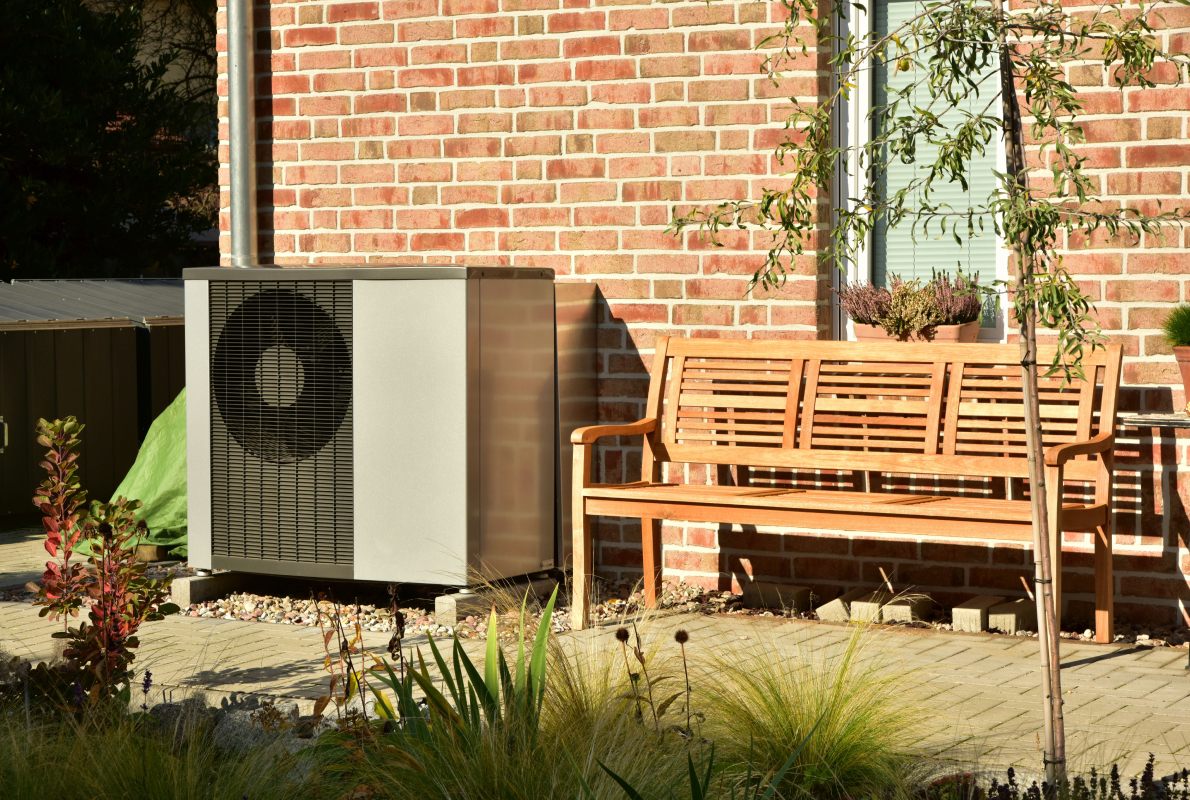
60,244 heat pumps were sold in 2023, up from 57,930 the previous year.
Renewable energy production in the UK
Encouragingly, renewables are making up an increasing proportion of the UK’s energy mix. And it’s starting to overtake fossil fuels — in 2023, renewable energy made up 39.5% of the UK’s energy, while fossil fuels made up 32.2%.

In 2023, renewable energy made up 39.5% of the UK’s energy, while fossil fuels made up 32.2%.
In Q1 2024, 50.9% of the UK’s electricity came from renewable sources:

33.8% was from wind sources, with the number of wind energy sites increasing by over 5,000% between 2003 (166) and 2023 (9,647)
12% was from bioenergy
2.6% was from hydro
2.5% was from solar
Renewable energy sources
A renewable energy source is one that can never run out and doesn’t cause harm to the atmosphere. This is in contrast to non-renewable sources, which are finite (coal, natural gas, and oil, for example) and release harmful gases that contribute towards climate change. These are usually referred to as fossil fuels.
Renewable energy comes from natural resources, including:
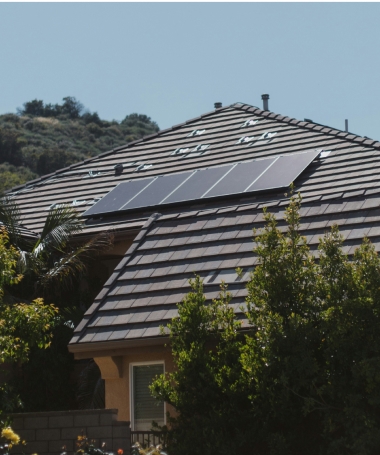
The sun
Sunlight is used for solar power, with its energy captured by solar panels and converted into electricity. This can be stored in a battery until needed.
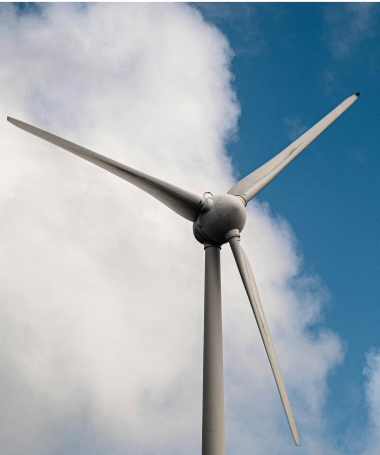
The wind
Wind spins the blades of specially built wind turbines, which convert the energy into electricity. The electricity is converted into higher voltages and sent to the National Grid.
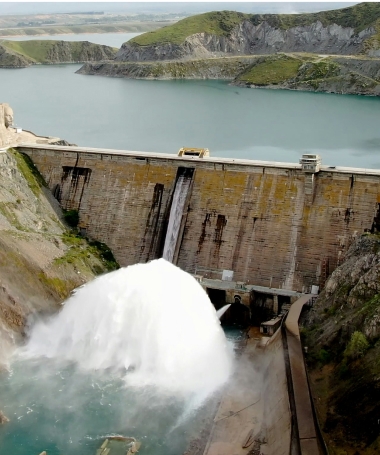
Water
The movement of water can create hydropower, or hydroelectricity. This is harnessed using underwater turbines at power plants.
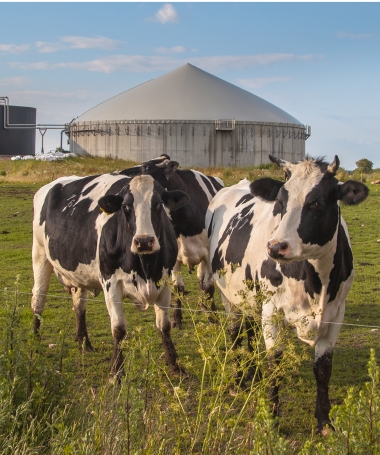
Organic matter
Organic matter can be burned to create a gas called biogas. It’s more environmentally friendly to capture the gas and use it as energy than it is to let the organic matter decay.

Sustainability in the home: changes you can make
There are many changes you can make at home to become more eco friendly. In this section we’ll look at everything from lowering the thermostat to the types of renewable heating you can install. Some of these changes are bigger-budget items and some are smaller, everyday changes, but remember: they all add up and make a difference.
Note: our sustainability ratings are based on the amount of energy you could potentially save.
Quick wins
Lower the room thermostat
While safety and comfort should always be the priority, you may be able to lower your room thermostat by a degree or two, saving energy and money. Most people are comfortable with temperatures between 18° and 21°, although Citizens Advice recommends keeping it at 21° if you or anyone who lives in your home has a health condition that can be made worse by being cold.
Use your washing machine at a cooler temperature
Although the right temperature for washing clothes varies depending on the fabric, many items can safely be washed at 30°, which uses 38% less energy than 40° programs.
Switch off most appliances when they’re not in use
Obviously a fridge and freezer need to be on at all times, but other appliances like a kettle, toaster and oven can be turned off when you’re not using them. You’ll save money on your bills too.
Use LED lights
LED lights are more efficient than their predecessors — another way to save money and energy use. In fact, the Energy Saving Trust estimates you could reduce your annual carbon dioxide emissions by 35kg if you replace all your bulbs with LED ones.
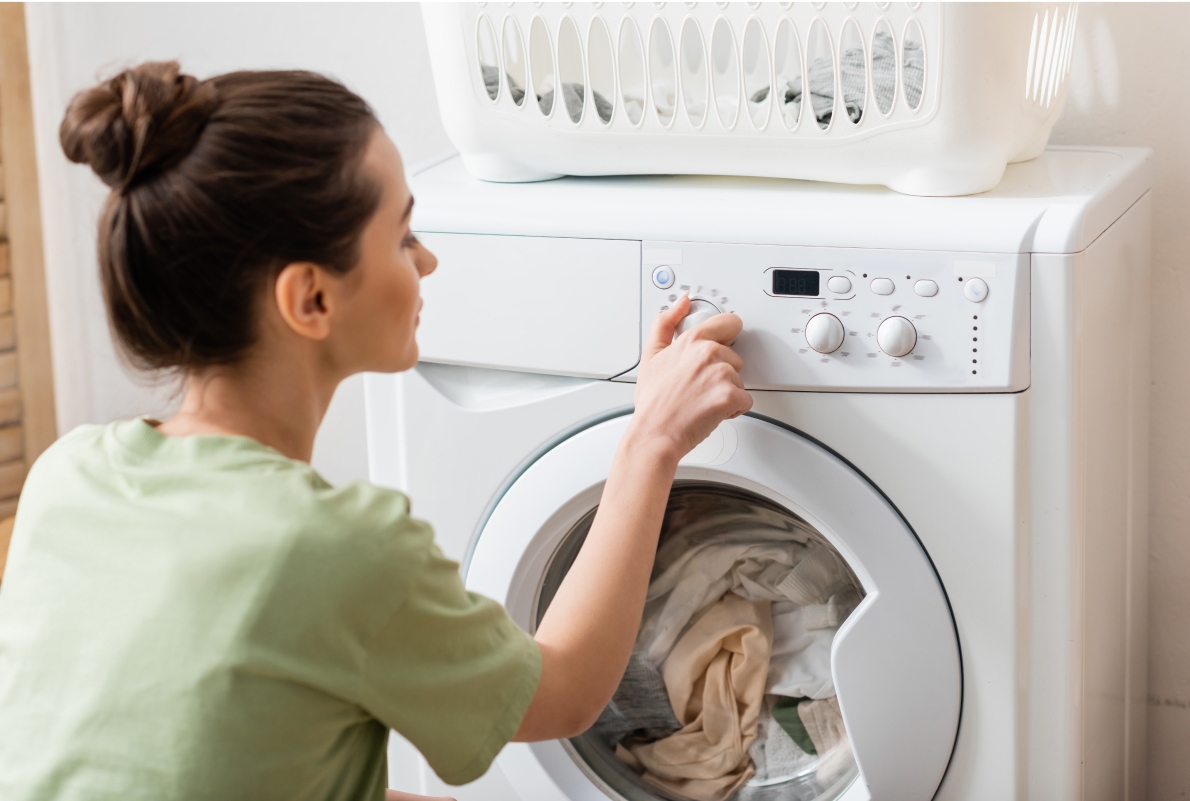
Many items can safely be washed at 30°, which uses 38% less energy than 40° programs.
Improving the fabric of your home
Add water tank insulation and radiator reflector panels
Hot water tank jackets and radiator reflector panels can be installed. A hot water tank jacket is designed to retain heat so hot water stays that way for longer, meaning you use less energy and money trying to warm it up. Radiator reflector panels are sheets of reflective material that you can put between the radiator and the wall. They reflect heat back into the room, preventing heat loss.
Draught proofing
Unwanted gaps in your home, such as those in windows, walls and doors, are filled in to prevent unwanted draughts.
Windows: For windows that open, you can stick draught-proofing strips around the frame to fill any gaps. For windows that don’t open you can use silicone sealant.
Walls: Gaps or cracks can be filled in, but always speak to a surveyor first in case a crack is a sign of a larger issue.
Doors: You can add a cover for your keyhole, use a letterbox flap or brush, or fit draught excluders at the bottom where there’s a gap.
Make sure there’s still an adequate amount of ventilation in the property.
Use Smart devices to control your energy use
Smart devices are a practical way to reduce and control your energy, with your home set up exactly to your liking. For example, you could program the temperature to lower when outside temperatures increase, switch your heating on remotely when you’re on your way home, or set your appliances so they run during off-peak hours (when demand is lower and so are prices).
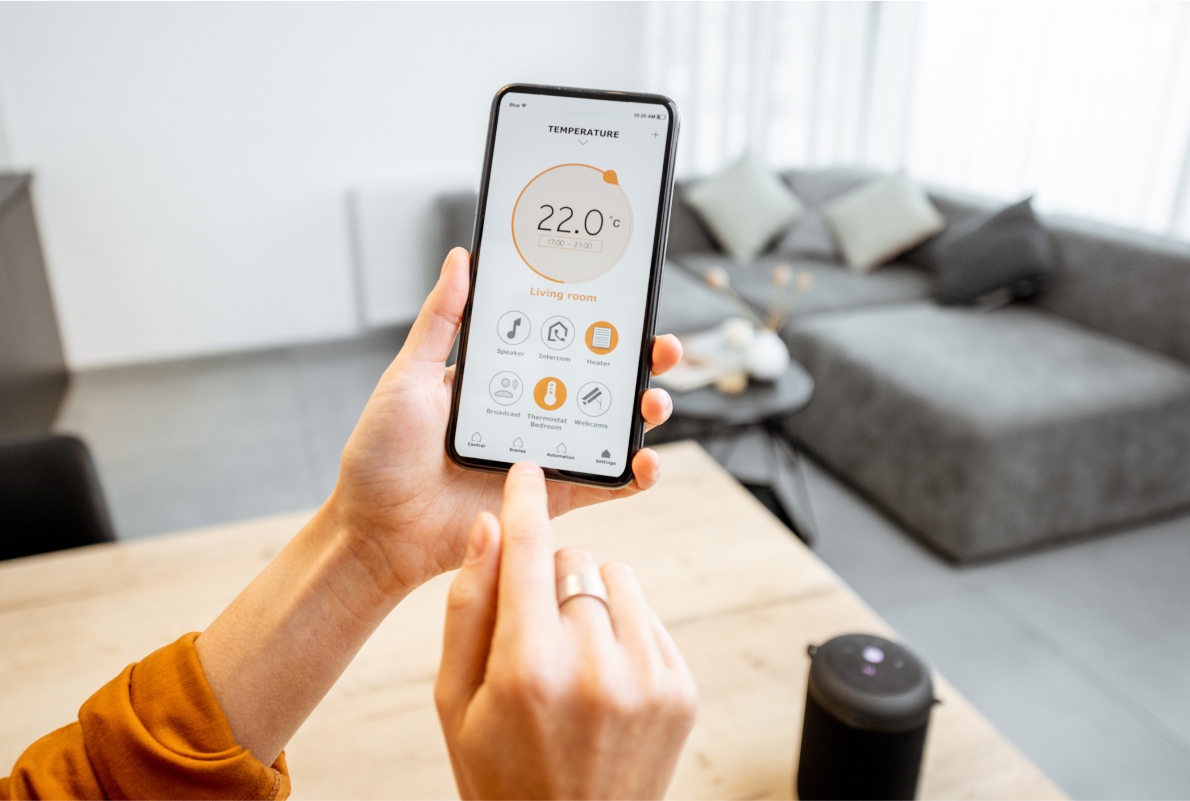
Smart devices are a practical way to reduce and control your energy, with your home set up exactly to your liking
Larger changes you can make
Insulation
Insulation stops heat from escaping, keeping it warmer for longer and saving you both money and energy. There are different types of insulation.
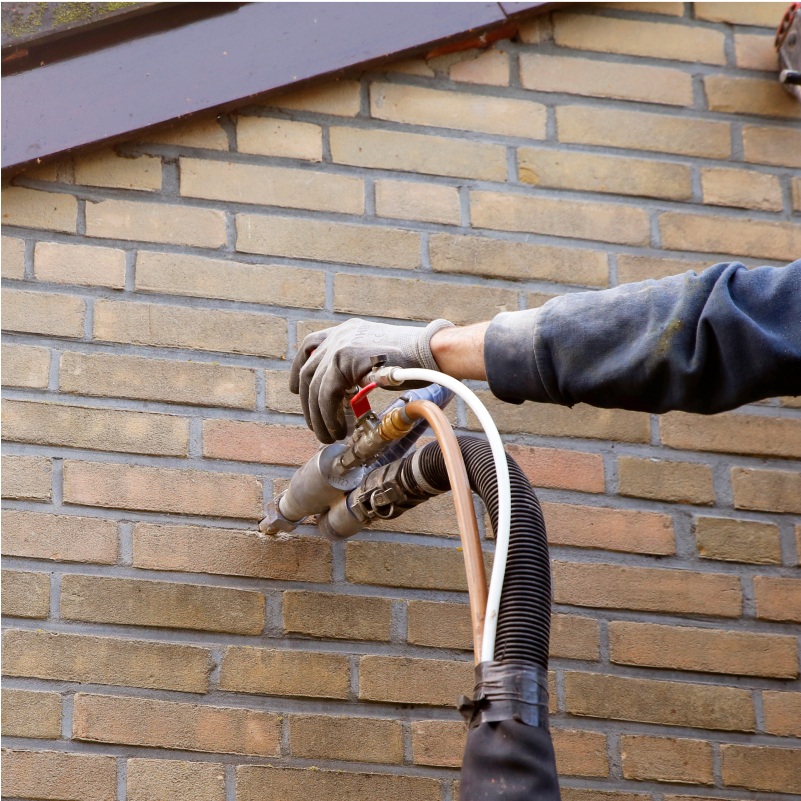
Cavity wall insulation
What is it?
Insulating material is injected into the wall cavity by a specialist.
Is it worth it?
The Energy Saving Trust estimates you could
save between £110 and £410 on your energy bills per year, depending on the size of your home. It can also
add an average of £11764 to your home’s value.
How much does it cost?
Costs vary widely depending on materials, labour and where you live,
from £650 to £6,100.
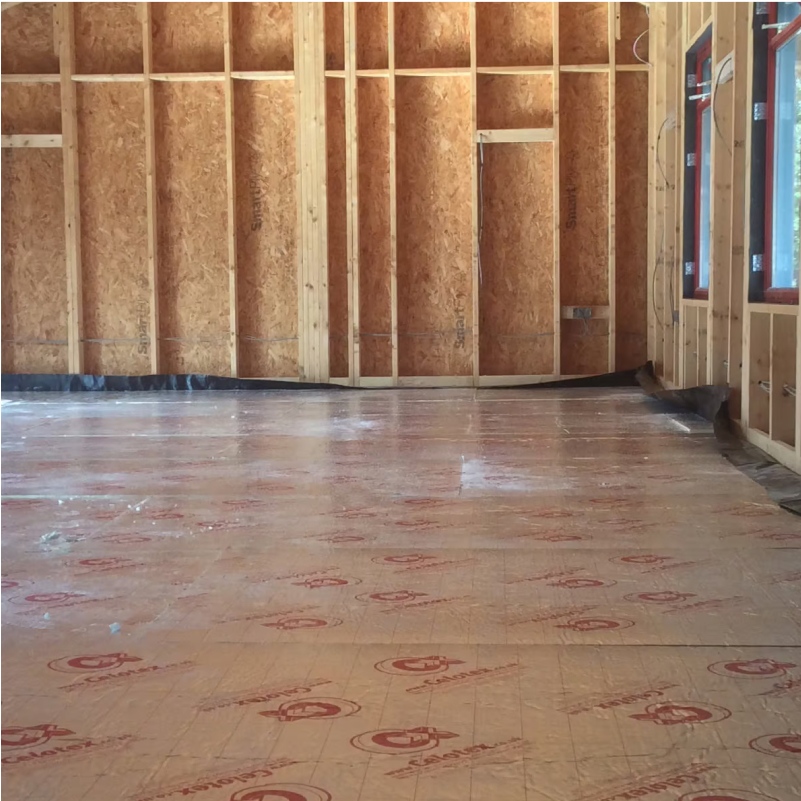
Floor insulation
What is it?
A layer of insulating material is added beneath your floors.
Is it worth it?
You could
save between £45 and £120 per year on your energy bills.
How much does it cost?
The cost will depend on the type of insulation and the labour required.
Checkatrade estimates that the average cost for suspended floor insulation is £105 per ㎡, and £80 per ㎡ for solid floor insulation. Labour is around £300.
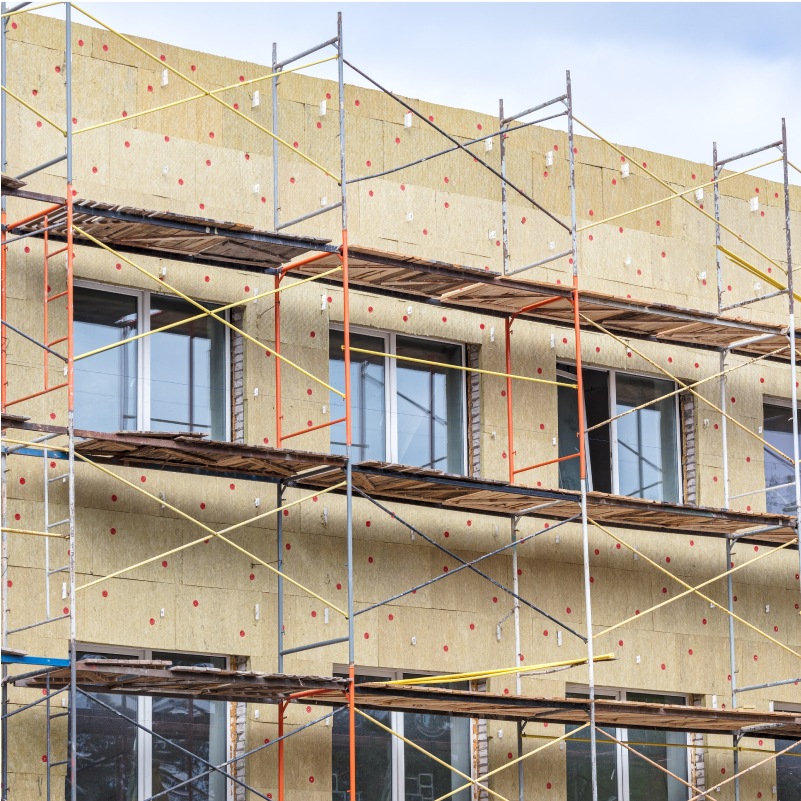
Solid wall insulation
What is it?
A layer of insulating material is added to the inner or outer walls of your home.
Is it worth it?
You could
save between £150 and £550 per year on your energy bills.
How much does it cost?
It
costs around £7,400 to insulate indoor walls and £13,000 to insulate external walls.
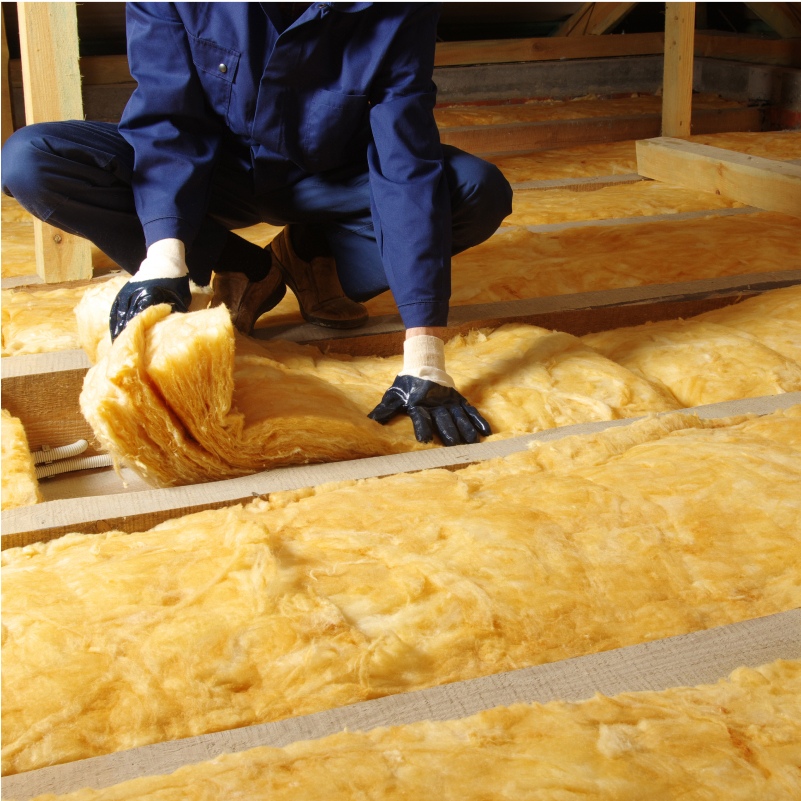
Roof and loft insulation
What is it?
A layer of insulating material is added between and over the joists in your loft (or from above if you have a flat roof).
Is it worth it?
You could
save between £200 and £380 per year on your energy bills.
How much does it cost?
Roof insulation normally costs
between £400 and £600. Loft insulation normally costs
between £550 and £960.
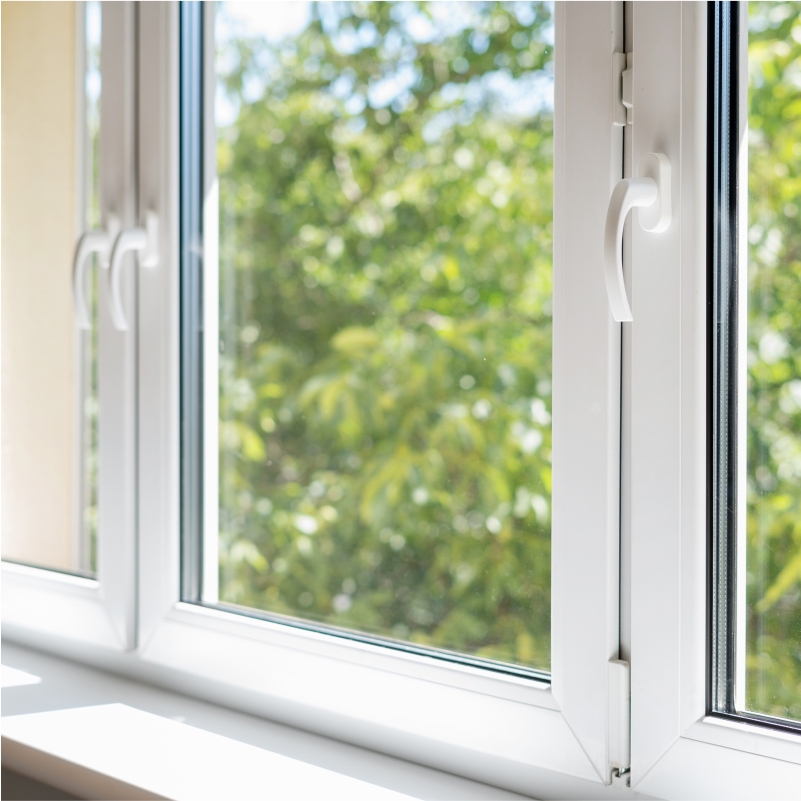
Double or triple glazing
What is it?
Energy-efficient windows are either double or triple glazed. They’re made up of two or three panes of glass with a small gap between each one, and air or inert gas filling the gaps. The glass is sealed in one unit and surrounded by a frame. The energy efficiency of windows is measured by how well they stop heat from leaving the building.
Is it worth it?
Double and triple glazing improves insulation, but they also reduce outside noise and condensation, improve safety and security, and regulate the temperature of your home, especially in comparison to single glazing. Triple glazing does this more than double glazing, but double glazing is still worth it if that’s better suited to your budget.
How much does it cost?
Double glazing can cost between
£300 and £5,000 per window. Triple glazing costs
£1,200 per window on average.
Heat sources
A renewable heating system is any heating system that relies on a renewable energy source. Installing one can significantly reduce the carbon footprint of your home.
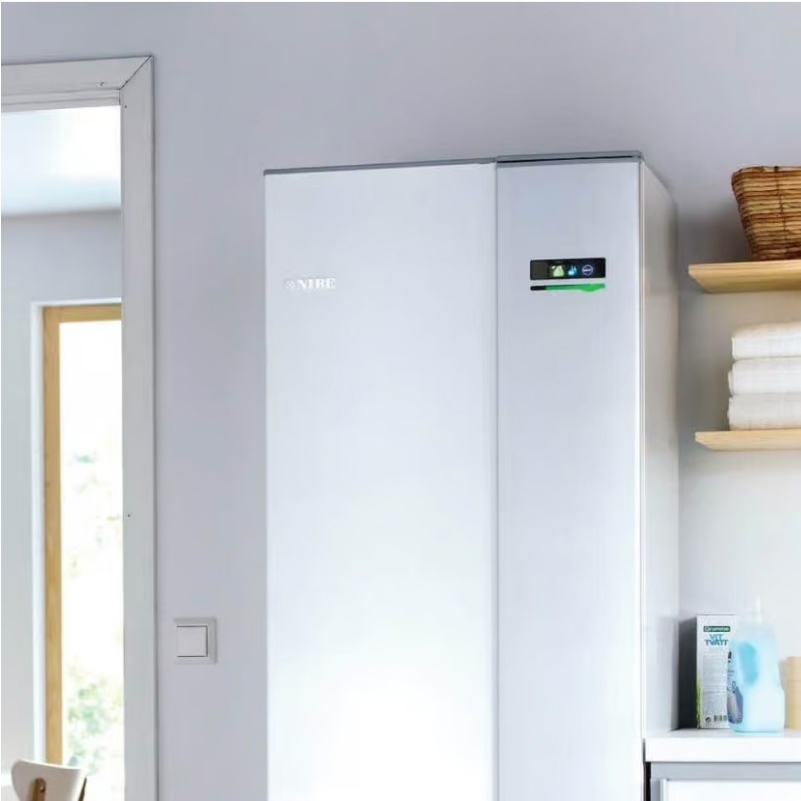
Ground source heat pumps
What is it?
Ground source heat pumps are installed inside your home and powered by electricity. Underground pipes (ground loops) are laid outside and these extract natural heat from the ground that is used for your heating and hot water year-round.
Is it worth it?
Ground source heat pumps are incredibly efficient and have a long lifespan. They’re particularly suited to homes on larger plots because you need the outside space for burying the pipes.
How much does it cost?
It can cost
between £18,000 and £50,000 to get a ground source heat pump installed, but the government has grants available to help with this.
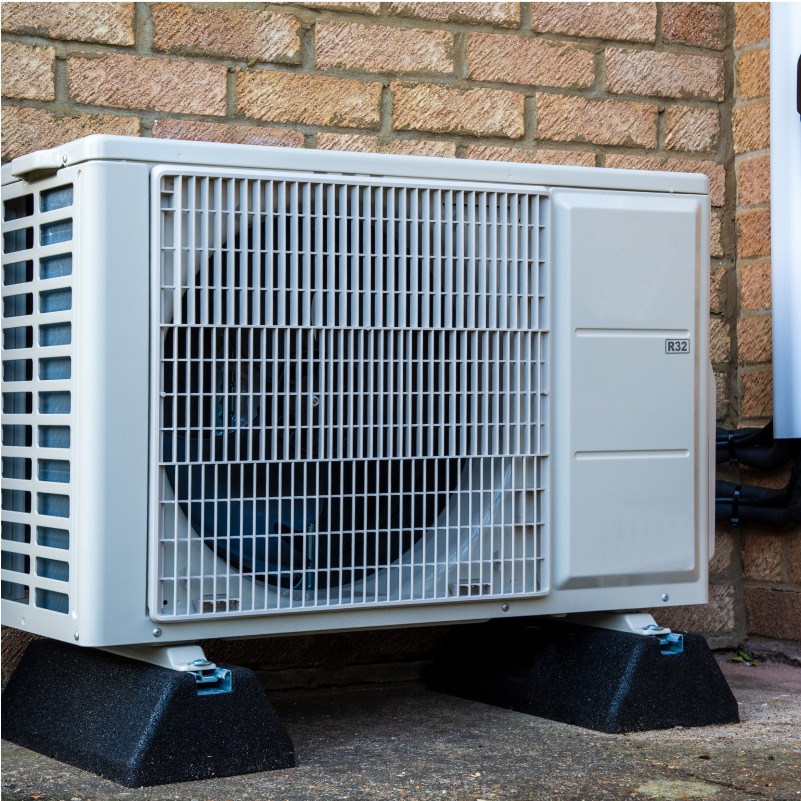
Air source heat pumps
What is it?
Air source heat pumps are installed outside your home, ideally on an exterior wall with space around it so it can extract heat energy from the air, and is powered by electricity. This heat energy is absorbed into a fluid and transferred to the heat pump, then used for heating and hot water year-round.
Is it worth it?
Air source heat pumps have a long lifespan and are incredibly efficient. Unlike ground source heat pumps, they need less outside space so they’re suited to more types of home.
How much does it cost?
The cost of installing an air source heat pump depends on the amount of heating and hot water your home needs, as well as how much work needs to be done. The
average cost is £12,800, but the government has grants available to help with this.
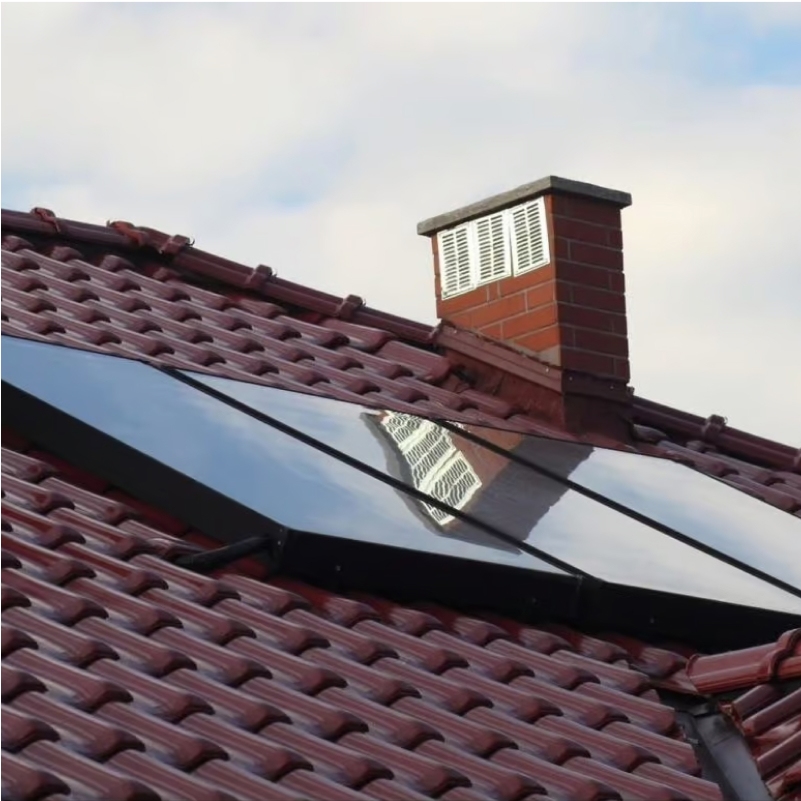
Solar thermal energy
What is it?
Solar energy can’t just power electricity — it can also heat water. You still install solar panels on your roof, but the energy they collect is used to heat fluid in the panels and pump it into a cylinder when it reaches a set temperature. The solar coil heats the water so it can be used in your home. If there’s not enough it can be topped up with another heat source, but this usually only happens in the colder months when there’s less sunlight.
Is it worth it?
Although installing the system initially can be consuming in terms of time and money, once you’ve got it set up it doesn’t need much maintenance. It can also lower your bills significantly, as you won’t need to rely on a gas boiler for hot water.
How much does it cost?
A solar thermal system can cost between £3,000 and £5,000, plus £1,000 for commissioning and between £1,500 and £2,000 for the cylinder.

Biomass heating
What is it?
Biomass heating uses organic matter such as wood and agricultural waste, burning it to create heat. The burning can be done in a stove, which produces enough energy to heat the room it’s in, or a boiler, which is connected to a central heating and hot water system.
Is it worth it?
Biomass heating requires more maintenance than other types of renewable heating — they must be cleaned weekly and you need to make sure a continuous supply of fuel is available. But they have low emissions, are very energy efficient, and have low running costs once they’re installed.
How much does it cost?
Costs vary depending on the size of the boiler and whether the biomass pellets are fed manually or automatically, ranging
from £4,000 to £21,000.
(higher if you burn your own waste wood)
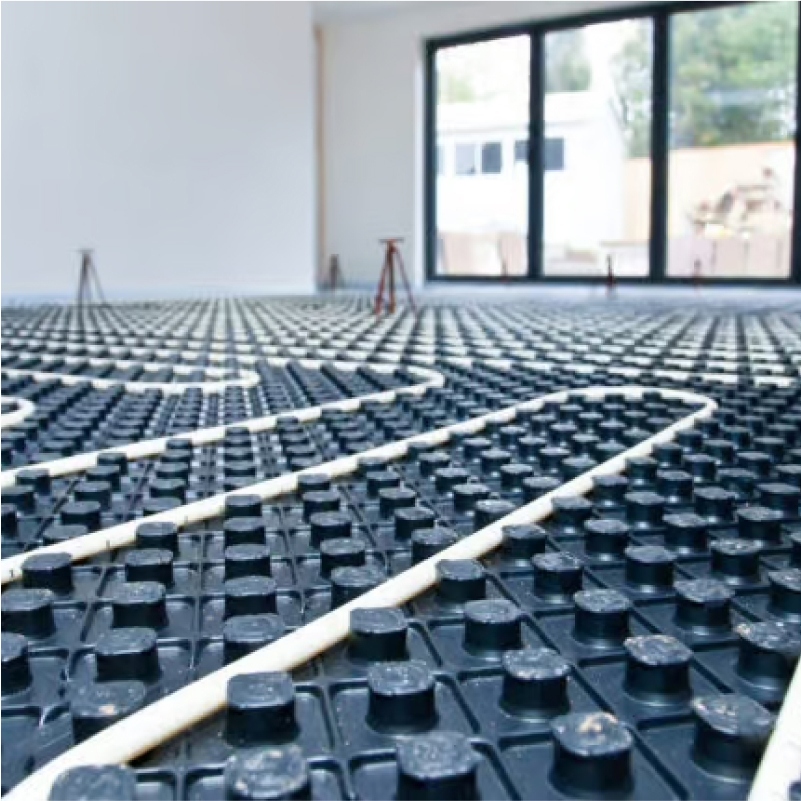
Heat emitters
Underfloor heating
What is it?
Underfloor heating uses tubes or cables beneath your floor to warm up your home. Tubes carry heated water, while cables are used for electrical systems.
Is it worth it?
Because underfloor heating covers such a large surface area, it can heat a home with far lower water temperatures than radiators. This makes it more efficient and reduces energy consumption, as your heat source doesn’t have to work as hard, whether you have a gas boiler or a heat pump.
How much does it cost?
Installation costs can vary widely, ranging
from £500 to £8,000 depending on whether you choose a water system or an electrical system, and how much surface area you want to cover.

Advice for updating your home heating
It’s one thing to decide you’d like to update your home heating, but it’s another to actually get started. While the knowledge that you’ll be making a difference is a huge motivator, there’s also plenty to consider. Here are some things to help you navigate the process (and save a little money, too).
Think about what makes the most sense for your home
Most people can consider adding loft insulation, or try quick-win tips without disrupting their home as it is now. If you’re planning to renovate, it’s a good time to consider additional insulation measures and your heating system. If your boiler is nearing the end of its life, could you have a heat pump? Is space limited inside? Underfloor heating will take up less room than a hot water cylinder. Working out what makes the most logistical sense for your home before you get started will pay off.
Decide on a budget
Renewable heating systems are investments that pay off in the long run. Once set up, they can reduce your energy bills significantly since you’re not relying so much on the National Grid. But you still need to be realistic about what you can comfortably afford to spend.
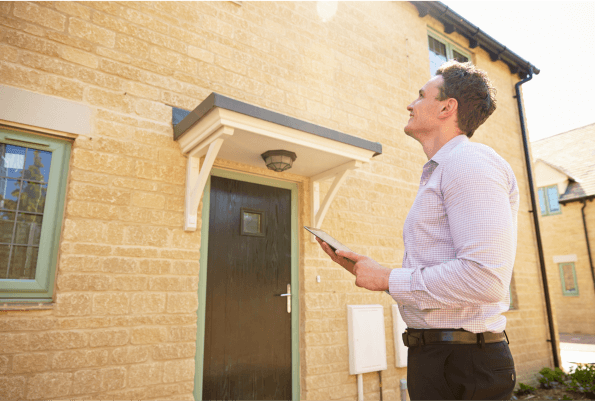
Working out what makes the most logistical sense for your home before you get started will pay off.
Look for home energy grants and schemes
With the aim of achieving Net Zero ever present, the government has set up a number of schemes to help homeowners make the switch to renewable energy systems. You can save a significant amount of money by using them, so it’s well worth doing the research to see what you could be eligible for.
The Home Upgrade Grant
The Home Upgrade Grant allows homeowners in England who don’t use a gas boiler as their main heating system to get free energy saving measures installed at their property. You must:
Own and live in the home you’d like to improve
Not use a gas boiler as your main heating system
Have an Energy Performance Certificate (EPC) of D, E, F or G
Earn £36,000 per year or less (although this threshold may be higher in some areas)
You can check your eligibility online.
Your local council will visit to decide the best ways for improving energy efficiency at your home. They might install an air source heat pump, electric radiators, or insulation in the walls, loft or floors. You don’t have to pay towards any of it.
Boiler Upgrade Scheme (BUS)
Available in England and Wales, BUS provides grants of up to £7,500 towards the cost of replacing a gas boiler (or other fossil fuel heating) with renewable alternatives, like heat pumps and biomass boilers. There are a number of eligibility criteria you have to meet, which can be found online.
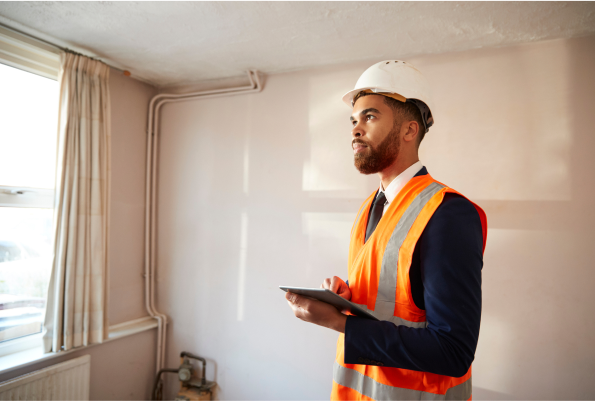
Your local council will visit to decide the best ways for improving energy efficiency at your home.
Home Energy Scotland Grant and Loan Scheme
This scheme offers a grant, interest free loan, or both for different types of home heating (what they refer to as ‘clean heating systems’) and energy efficiency measures. You’re eligible if you own the property and it’s your only or primary home.
Clean heating systems
Grant up to £7,500
Optional interest-free loan of £7,500
-
Examples of clean heating systems:
Air source heat pumps
Ground source heat pumps
Water source heat pumps
Solar thermal
Biomass boilers
Energy efficiency measures
Grant of up to 75% of the combined cost of measures (maximum grant amount = £7,500)
Optional interest-free loan to cover the remainder of funding needed
-
Examples of energy efficiency measures:
Solid wall insulation
Flat roof or room-in-roof insulation
Loft, cavity and underfloor insulation
Insulated doors
High heat retention storage heaters
Homeowners living in rural areas or islands can claim an additional £1,500 for both clean heating systems and energy efficiency measures. See the Home Energy Scotland website for a full breakdown of the funding available.
Northern Ireland Sustainable Energy Programme (NISEP)
NISEP, which is managed by the Energy Saving Trust, helps domestic and commercial customers. There are a number of improvements households can apply for if your total income is less than £38,000, including insulation, draught proofing, and remote smart heating controls.

Homeowners living in rural areas or islands can claim an additional £1,500 for both clean heating systems and energy efficiency measures.

Wellbeing in the home
Two of the biggest benefits of renewable home heating are the reduction in energy use and spending. But there’s also health to consider. A well-ventilated, energy-efficient home can impact the wellbeing of everyone who lives there in the following ways.
Reduction of allergens
Indoor allergens like dust mites and animal dander can affect your breathing, especially if you have an existing respiratory condition like asthma, and can also cause runny and itchy eyes. And while radiators can make this worse, since they help to circulate dust, hidden heating systems like underfloor heating reduce the number of allergens in the air.
Humidity control
Excess moisture in the air at home can lead to damp, mould, fatigue, and respiratory issues. But dry air is also a problem, leading to damaged wood and plaster and a dry throat. The ideal balance can be achieved by opening windows so air flows in and out, and using plants to absorb excess moisture. Home heating plays its part by lowering humidity levels.
Mould prevention
Mould is one of the results of too much moisture and it can play havoc with our health if left untreated. But the good news is you can prevent it. One of the ways to do this is by leaving your home heating on a consistently low temperature, which reduces the levels of moisture in the air.
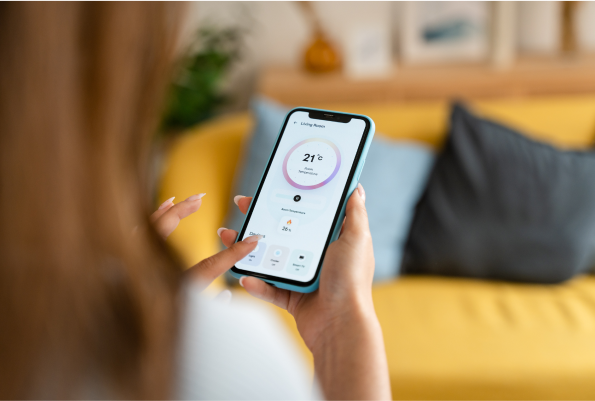
Excess moisture in the air at home can lead to damp, mould, fatigue, and respiratory issues.
Transitioning to renewable home heating systems is one of the most effective steps you can take to significantly reduce your carbon footprint. You're not only contributing to a healthier planet but also benefiting from potential long-term savings on your energy bills.
Installing a renewable heating system might not be feasible for everyone, but the good news is there are still numerous actions you can take to enhance your home's energy efficiency. Simpler measures such as improving insulation, sealing draughts, and being mindful about your energy use can make a substantial difference.
Every small step counts in our collective effort to combat climate change. Whether you're ready to make a major investment in renewable heating or start with smaller energy-saving practices, your actions are crucial for creating a sustainable future.
Useful Links
What Is Environmental Sustainability? - Sphera
What is climate change? - Met Office
Is renewable heat right for your home? - Energy Saving Trust
Energy Efficient Home - GOV.UK
Apply for help to improve a home with no mains gas boiler (Home Upgrade Grant) - GOV.UK
Boiler Upgrade Scheme - GOV.UK Find a grant

